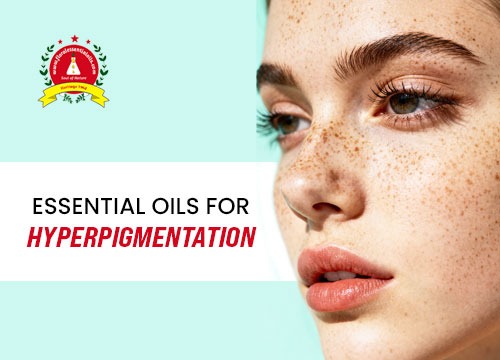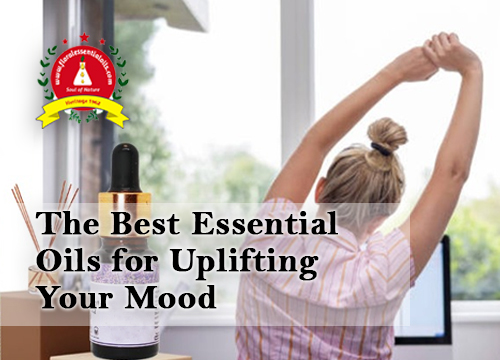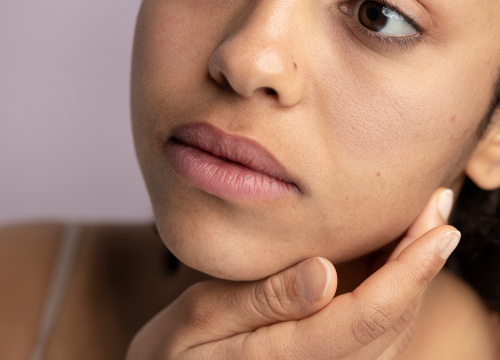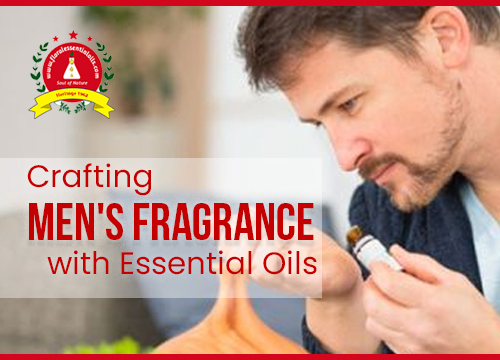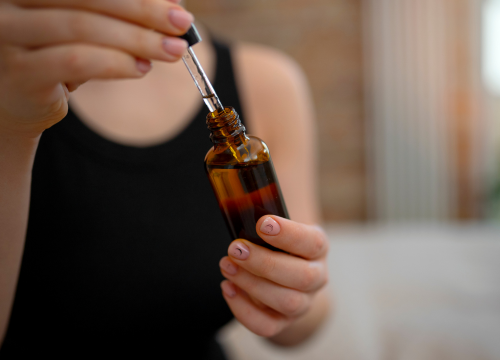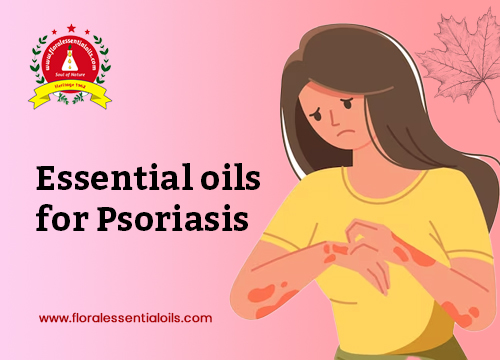Do you deal with dark marks, sun damage, or scars from old breakouts? Many people face these skin issues. Problems like uneven pigmentation often occur due to factors like too much sun hormonal changes, or irritation. While there are countless creams with chemicals claiming to lighten skin more people are turning to a softer natural way to achieve brighter and healthy-looking skin with essential oils.
Full of natural brightening and healing properties essential oils can help you on your path to achieving an even skin tone. Learn how these powerful plant-based oils work and find out which ones are best to address uneven skin pigmentation. It’s vital to choose from a trusted essential oils manufacturer in India.
What is Skin Pigmentation All About?
Skin pigmentation is how your skin reacts when something interferes with melanin production. Melanin, the pigment that colors your skin, can misbehave when disrupted. This disruption shows up as:
- Hyperpigmentation: Dark spots or areas caused by too much melanin in the skin.
- Melasma: Bigger patches often appearing triggered by hormones or sun damage.
- Post-Inflammatory Hyperpigmentation (PIH): Persistent dark marks left behind from healed wounds or pimples.
Using nature doesn’t mean rejecting science—it’s about using it smartly. Essential oils provide a layered way to tackle these issues at their source.
How Essential Oils Can Transform Pigmentation Care
Essential oils are much more than just nice scents. These plant-based compounds have well-known benefits for skin. They address pigmentation through a mix of effective processes.
- Rich in Antioxidants: These oils fight harmful free radicals caused by UV rays and pollution, which often lead to an increase in melanin production.
- Boosts Natural Glow: Many oils block tyrosinase, the enzyme behind melanin creation, which helps lighten dark spots.
- Speeds Up Skin Renewal: They help old dark skin cells shed faster and support new fresh skin growth.
- Reduces Inflammation: By soothing irritated skin, they stop the inflammatory reaction that causes PIH.
6 Essential Oils to Get Radiant Skin
Are you excited to find what could become your skin’s best allies? Check out these top essential oils to target pigmentation :
- Frankincense Essential Oil: Known as the “king of oils,” frankincense helps refresh the skin. It boosts cell regeneration and reduces scars making skin texture and tone look smoother and younger.
- Lemon Essential Oil: Filled with brightening vitamin C, lemon oil works well to lighten dark spots and improve skin clarity. Be careful though, make sure to dilute it and use it at night since it might make your skin sensitive to sunlight.
- Carrot Seed Essential Oil: Often overlooked, this oil has powerful antioxidants that guard the skin from UV damage and promote healing. It’s great to reduce pigmentation caused by the sun and brings back the skin’s elasticity.
- Sandalwood Essential Oil: Sandalwood often central to Ayurveda, has a cooling and calming nature. It helps ease skin irritation, which might reduce pigmentation. It also works to lighten the skin and enhance its tone.
- Lavender Essential Oil: Lavender oil is more than just a soothing fragrance. Its ability to reduce swelling and support skin healing makes it perfect to treat acne . It also helps fade the marks left after breakouts.
- Geranium Essential Oil: Geranium acts as a natural equalizer. It controls oil production and boosts blood flow, which helps achieve an even and glowing skin tone.
Creating Your Routine: Tips to Use Essential Oils
Strong oils need careful handling. To enjoy their benefits and avoid any problems, stick to these key guidelines:
- Always Dilute First: Never use essential oils straight on your skin. Combine them with a carrier oil like jojoba, rosehip, or sweet almond oil. Start with a 1-2% mix. That means using about 3 to 6 drops of essential oil for every tablespoon of carrier oil.
- Patch Test to Stay Safe: Put a tiny amount of your diluted mix on the inside of your arm. Wait a full day to see if your skin reacts .
- Stick with It, Don’t Rush: Natural remedies align with your skin’s rhythm. Use your blend every evening for several weeks to notice a clear difference.
- Protect Your Skin from the Sun: Some oils, like citrus-based ones, can increase your skin’s sensitivity to sunlight. It is better to apply them at night. Use a broad-spectrum sunscreen during the daytime.
Make a Simple Brightening Serum at Home
Use this easy recipe to begin achieving smoother and more even skin:
- What You’ll Need:
- 1 tablespoon of rosehip seed oil as the base
- 3 drops of frankincense oil
- 2 drops of carrot seed oil
- 2 drops of lavender oil
- How To Make It:
Pour all the oils into a dark glass bottle with a dropper. Give it a gentle shake to mix everything well. After cleaning and toning your skin at night, use 4 or 5 drops on your face and neck. Pay close attention to darker spots.
Building the Basics: Why Your Source Counts
The success of your natural skincare routine depends on one key thing: how pure the essential oils are. If oils are mixed with other stuff or fake, they might not work well or even harm your skin.
Because of this smart buyers and reliable brands turn to a trustworthy essential oils manufacturer in India. With its incredible variety of plants and deep-rooted Ayurvedic traditions, India is known worldwide for creating top-quality oils. A company like Kush Aroma Exports makes a difference by ensuring:
- Pure Without Compromise: GC/MS tests confirm the purity of oils.
- Ethical and Eco-Friendly Sourcing: Harvesting ingredients helps support local livelihoods.
- Strict Quality Standards: Manufacturers follow global guidelines to ensure safety and effectiveness.
To create skincare products or improve your personal care working with a trusted essential oils manufacturer in India ensures access to the true benefits of nature.
Conclusion: Finding Your Natural Glow
You don’t need harsh chemicals to achieve an even skin tone. Essential oils for skin pigmentation can bring your skin back to its natural brightness and health with their gentle but effective properties.
Keep in mind achieving healthy, glowing skin takes time and steady effort. By staying patient, taking proper care, and using the finest ingredients provided by a top essential oils manufacturer in India, you can reveal the clear and radiant skin you’ve always wanted.
